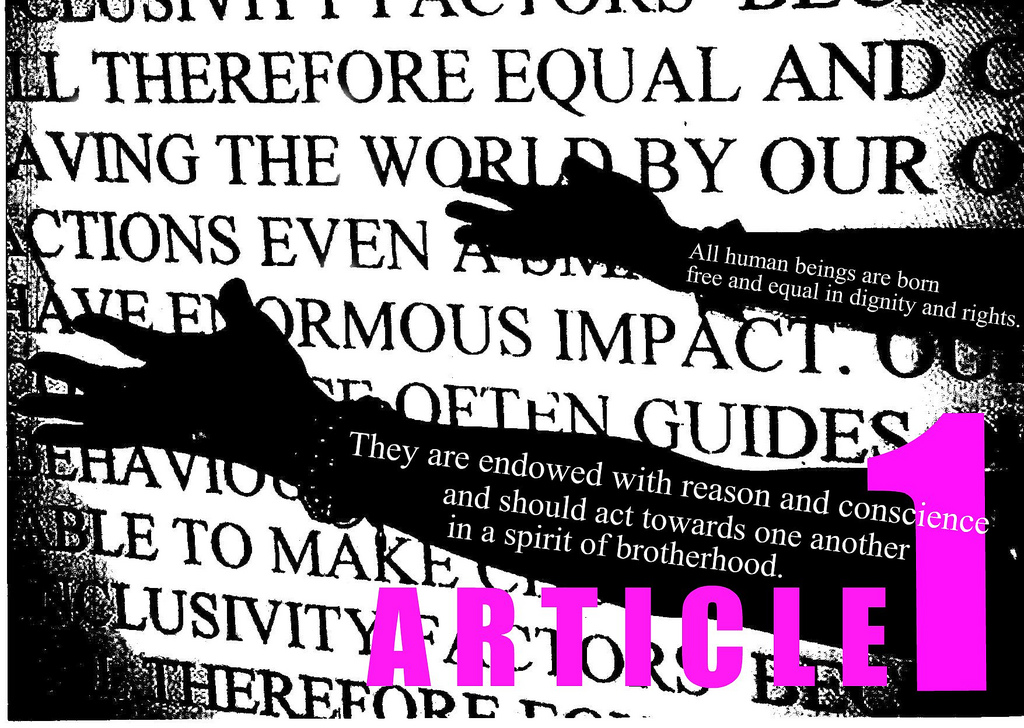 From the Daily Times
From the Daily TimesVIEW: Child labour: a threat to the future —Mashal Sahir
If poverty justifies child labour, then it should also justify burglary, prostitution, kidnapping, smuggling and all other crimes. Child labour is a much more serious crime compared to others, because unlike other crimes that affect individuals, child labour affects an entire generation
Child labour is work that is unacceptable because the children involved are either too young or because, even though they have attained the minimum age to take up employment, the work that they do is unsuitable for a person below the age of 18. Child labour is a violation of fundamental human rights and has been shown to hinder children’s development. According to the last available statistics, Pakistan has a total population of 158 million, which includes a total of 40 million children, out of which 3.8 million are the victims of child labour. Many children are victims of the worst forms of child labour, such as bonded labour and slavery, and are easily exploited and abused on account of their vulnerability. It was found that of the total population of child labourers, seven percent suffered from illness or injuries frequently and 28 percent occasionally.
Child labour is not an isolated phenomenon. It is the outcome of a multitude of socio-economic factors and poverty is among its most prominent aspects. In Pakistan, around 30 percent of the people are living below the poverty line. Due to the unfair distribution of income, unemployment and inflation, poor parents are forced to send their children to work for economic reasons. In many cases, poverty has also led to the bonded labour of children. There are specific cases of children being pledged or bonded in return for loans to their parent(s) or guardian, notably in the carpet industry and in agriculture. The way children are absorbed and obliged to work varies but, as a matter of routine, the children of bonded families start working as soon as they reach school age, if not before. According to these parents, their actions are completely justified on account of their poverty. However, if poverty justifies child labour, then it should also justify burglary, prostitution, kidnapping, smuggling and all other crimes. Child labour is a much more serious crime compared to others, because unlike other crimes that affect individuals, child labour affects an entire generation. . .
Natural calamities and crises also play a huge role in giving rise to child labour. The recent floods that hit Pakistan can be seen as a major threat to the future of thousands of children. Once the families that have been displaced by the floods return to their homes, they will encourage their children to go to work and help restore the family. Media reports have indicated that children from the flood-hit regions are being promised lucrative jobs, taken away from their families and then being used for sex work. An increase in child labour was noted after the previous natural calamity — the 2005 earthquake. There are fears that this pattern could be repeated.
The gap between the law and its implementation is a serious problem in Pakistan. According to the Child Labour Law in Pakistan, a child cannot be employed before the age of 15, under any circumstances. Moreover, bonded labour, or ‘debt bondage’ is a practice condemned by the UN as being similar to slavery and consequently a violation of Article 4 of the Universal Declaration of Human Rights. It is considered by the International Labour Organisation (ILO) to constitute forced labour and to be a violation of the ILO’s Convention no 29 on forced labour. However, the government has not put its laws into practice to stop child labour and these laws are universally ignored in Pakistan where children aged four to fourteen keep the country’s factories operating, often working in brutal and squalid conditions. . .
The future of Pakistan depends on whether the government chooses to use this recent crisis as a further excuse for spending cuts in key social areas, or whether it seizes the opportunity and mobilises the necessary political will to prioritise the elimination of child labour as a wise investment in future development.
Read the full article here.
*********************************************************************************
This is a really interesting opinion piece which identifies the reasons why child labor and child trafficking matters in Pakistan (and really everywhere). Child labor in Pakistan largely exists due to poverty but the author also notes the connections between child labor and over-population, quality of education, natural disasters, and problems with law enforcement. In order to fight child labor and trafficking the author suggests the government needs to ensure there is access to quality education, and that there are social protections for poor families.
Perhaps most importantly the author recognizes the connection between healthy, well educated children and the success of a country. When children are unable to attend quality schools they are also unable to learn the skills that would be necessary for improving their family's lives and possibly bringing their family out of poverty. This puts future generations of children at risk for forced and abuse labor.
Ultimately the issue of child labor and trafficking is an issue not only of child psychological and social development, but also of the future economic development and stability of the communities where they live. By turning a blind eye to child labor now, we put future generations at risk for exploitation. At the same time though, without the proper social protections for the poor, many families simply cannot afford to loose the income their children make, however small. This is the conundrum that Pakistan and many developing countries and communities face.




